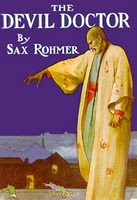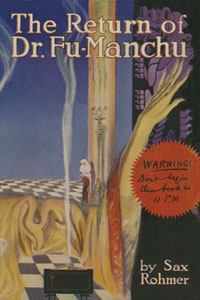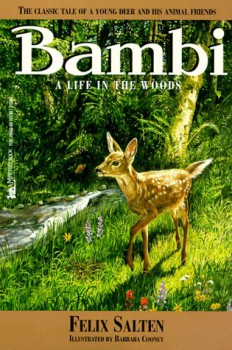Of Joe Gores, Ace Atkins and Wrestling with Hammett’s Legend
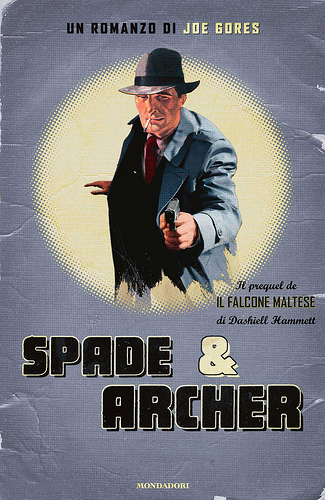 The recent passing of veteran mystery writer Joe Gores on the anniversary of Dashiell Hammett’s own death set me thinking about Hammett’s enduring legacy and continuing influence on detective fiction.
The recent passing of veteran mystery writer Joe Gores on the anniversary of Dashiell Hammett’s own death set me thinking about Hammett’s enduring legacy and continuing influence on detective fiction.
Gores was born too late to fight for a place in the Holy Trinity of hardboiled detective fiction alongside Hammett’s immediate heirs Raymond Chandler and Ross Macdonald, but the influence of the man who did so much to transform hardboiled fiction was no less strong in Gores’ work.
While most commentators would agree that the DKA series was Gores’ crowning achievement, my own preference was for his 1975 novel, Hammett and his last book, 2009’s Spade & Archer.
Gores’ death led me to pick up Ace Atkins’ 2009 novel, Devil’s Garden. Atkins’ book is a semi-fictionalized account of Hammett’s real-life involvement as a Pinketeron operative gathering evidence for the scandalous Fatty Arbuckle trial in 1921.
When granted the honor of penning a prequel to The Maltese Falcon, Gores later drew heavily on Hammett’s own experiences as a Pinkerton to fill in Sam Spade’s back story. Atkins has much in common with Gores in that both men are natural writers who can easily make one envious of their prodigious talent and, at times, frustrated that they aren’t quite as perfect as you wish them to be.
No matter how many times I’ve read Hammett’s five novels and the posthumous collections of his short fiction, I never cease to be amazed at his perfection. Chandler’s remark that Hammett repeatedly wrote scenes that struck readers as wholly original is not mere hyperbole; it still rings true today despite the endless parodies and imitations. It is also what makes following in his footsteps so difficult.
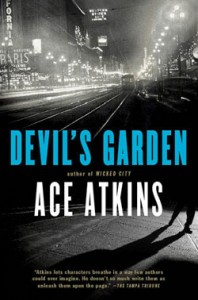 Thirty-five years earlier, Gores had likewise fictionalized Hammett’s Pinkerton days when he immersed himself in real and imagined political corruption in Roaring Twenties San Francisco in his novel, Hammett.
Thirty-five years earlier, Gores had likewise fictionalized Hammett’s Pinkerton days when he immersed himself in real and imagined political corruption in Roaring Twenties San Francisco in his novel, Hammett.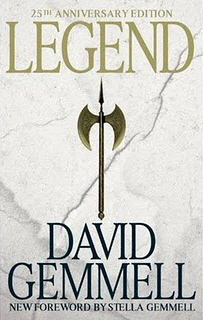
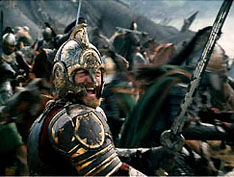
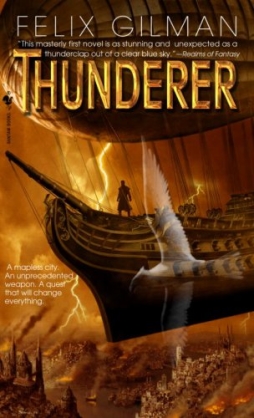 I want to write about the novels of Felix Gilman, who I believe is one of the strongest new novelists in fantasy fiction today. He’s written three books, Thunderer, Gears of the City, and The Half-Made World, all of them accomplished and powerful, fusing imaginative range with a compelling style and real insight into character and voice. I’ve written about Thunderer
I want to write about the novels of Felix Gilman, who I believe is one of the strongest new novelists in fantasy fiction today. He’s written three books, Thunderer, Gears of the City, and The Half-Made World, all of them accomplished and powerful, fusing imaginative range with a compelling style and real insight into character and voice. I’ve written about Thunderer 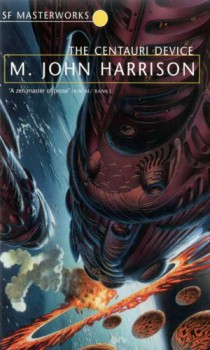
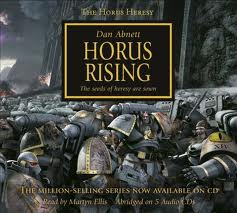
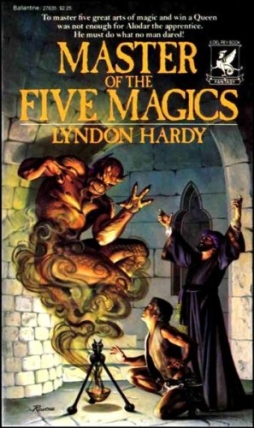 I’ve been thinking lately about fantasy in the 1980s. More specifically, about the wave of fantasy fiction that began to be published in the late 70s, in the wake of The Sword of Shannara and the first Thomas Covenant books, and which over the following years developed into fantasy as we know it now. So far as I can learn, it seems that this was when fantasy really took root as a novel category — that is, when fantasy novels stopped being relatively rare events and began to flourish as a genre. As a result, I think, it was a time when the idea of fantasy broadened; new ideas and forms and voices were tried, even if certain assumptions (like a quasi-medieval-European setting) were often unquestioned. What I wonder is whether certain things tried then and since almost forgotten are in fact worth revisiting.
I’ve been thinking lately about fantasy in the 1980s. More specifically, about the wave of fantasy fiction that began to be published in the late 70s, in the wake of The Sword of Shannara and the first Thomas Covenant books, and which over the following years developed into fantasy as we know it now. So far as I can learn, it seems that this was when fantasy really took root as a novel category — that is, when fantasy novels stopped being relatively rare events and began to flourish as a genre. As a result, I think, it was a time when the idea of fantasy broadened; new ideas and forms and voices were tried, even if certain assumptions (like a quasi-medieval-European setting) were often unquestioned. What I wonder is whether certain things tried then and since almost forgotten are in fact worth revisiting.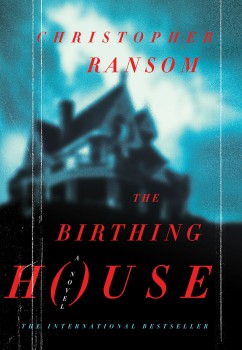 The Birthing House
The Birthing House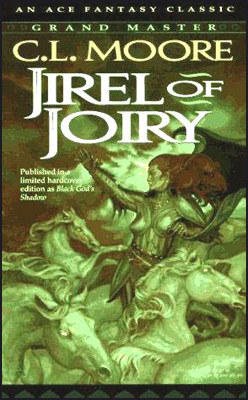 Due to an unfortunate (or perhaps I should say, “fortuitous”) comment I let slip in an email, Howard Andrew Jones discovered I had no idea who C.L. Moore was.
Due to an unfortunate (or perhaps I should say, “fortuitous”) comment I let slip in an email, Howard Andrew Jones discovered I had no idea who C.L. Moore was.